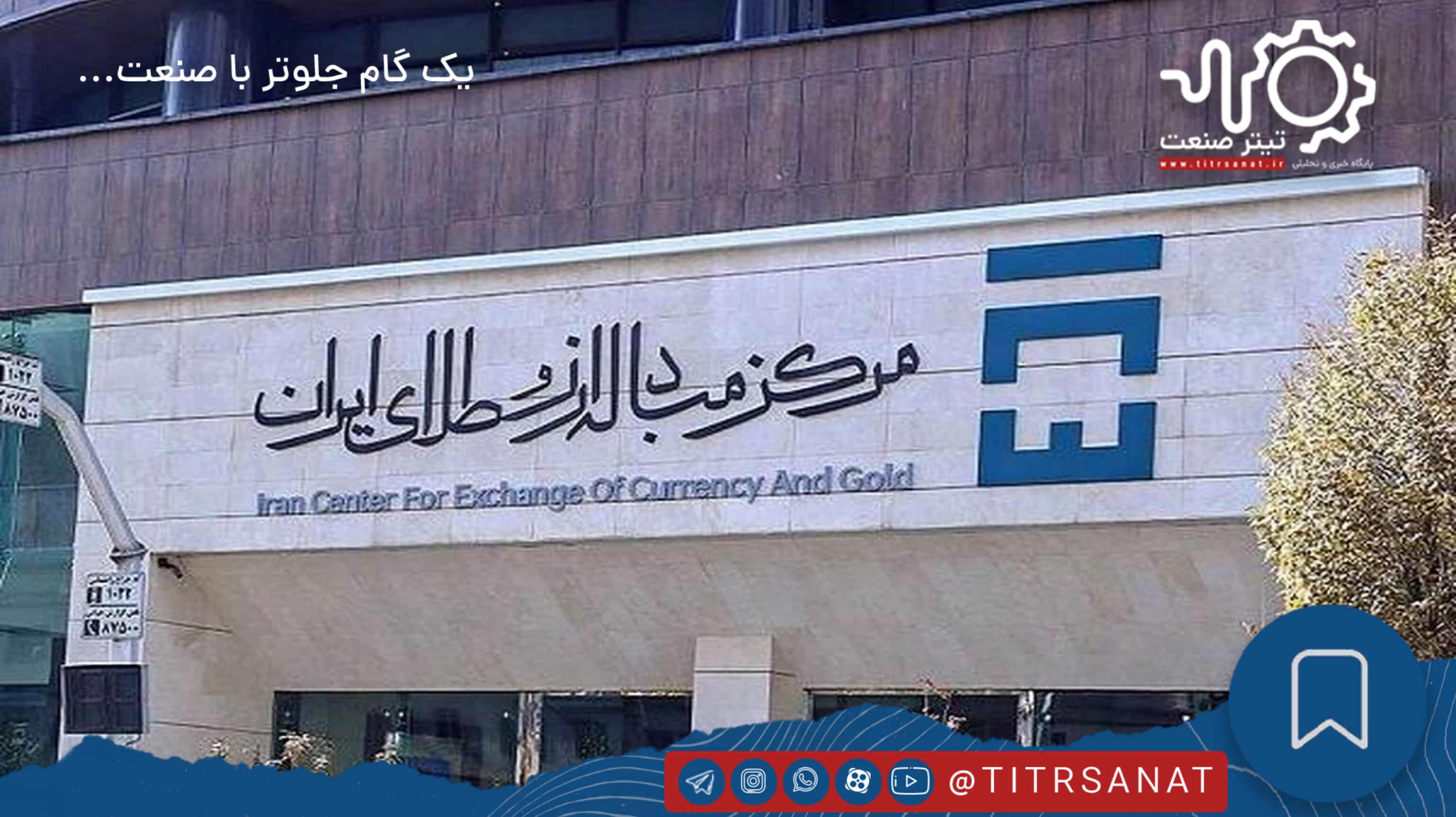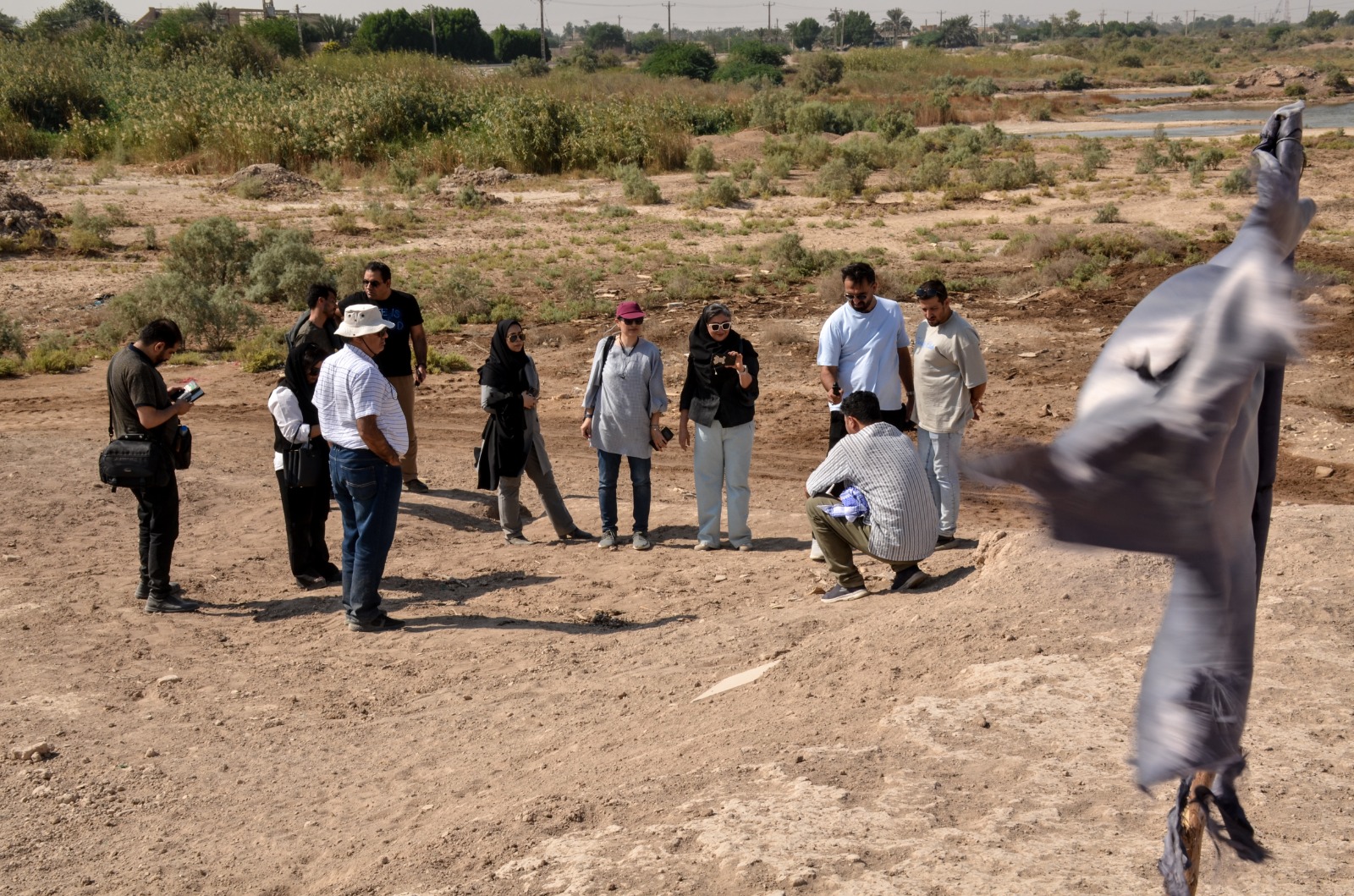According to Titrsanat, Saeed Pirmand, an archaeological researcher and cultural heritage expert with the organization, during this visit elaborated on the formation of early human settlements along the Arvand River. He identified three key sites — Ishan Jorf, Ebadān, and Mahrezi — as critical locations for understanding the historical patterns of human habitation in the region.
During the visit, the research team not only examined the historical layers of the sites but also assessed their preservation conditions. They identified several ongoing threats to the region’s cultural heritage, including natural erosion, land-use changes, and damage caused by illegal excavations.
Pirmand emphasized that determining the true historical age of Abadan and Khorramshahr depends on conducting systematic and scientifically phased excavations. He announced that proposals have been submitted to the organization for the initiation of geophysical studies, the establishment of a dedicated research base, and the development of a comprehensive excavation and preservation plan.
In conclusion, it was decided that a specialized report on this visit would be prepared for the relevant authorities, and efforts would begin to form a joint working group between academic researchers and the regional cultural heritage unit.
This initiative aims to ensure that the planning and implementation of archaeological studies in Arvand proceed in a structured and continuous framework.




















Comments